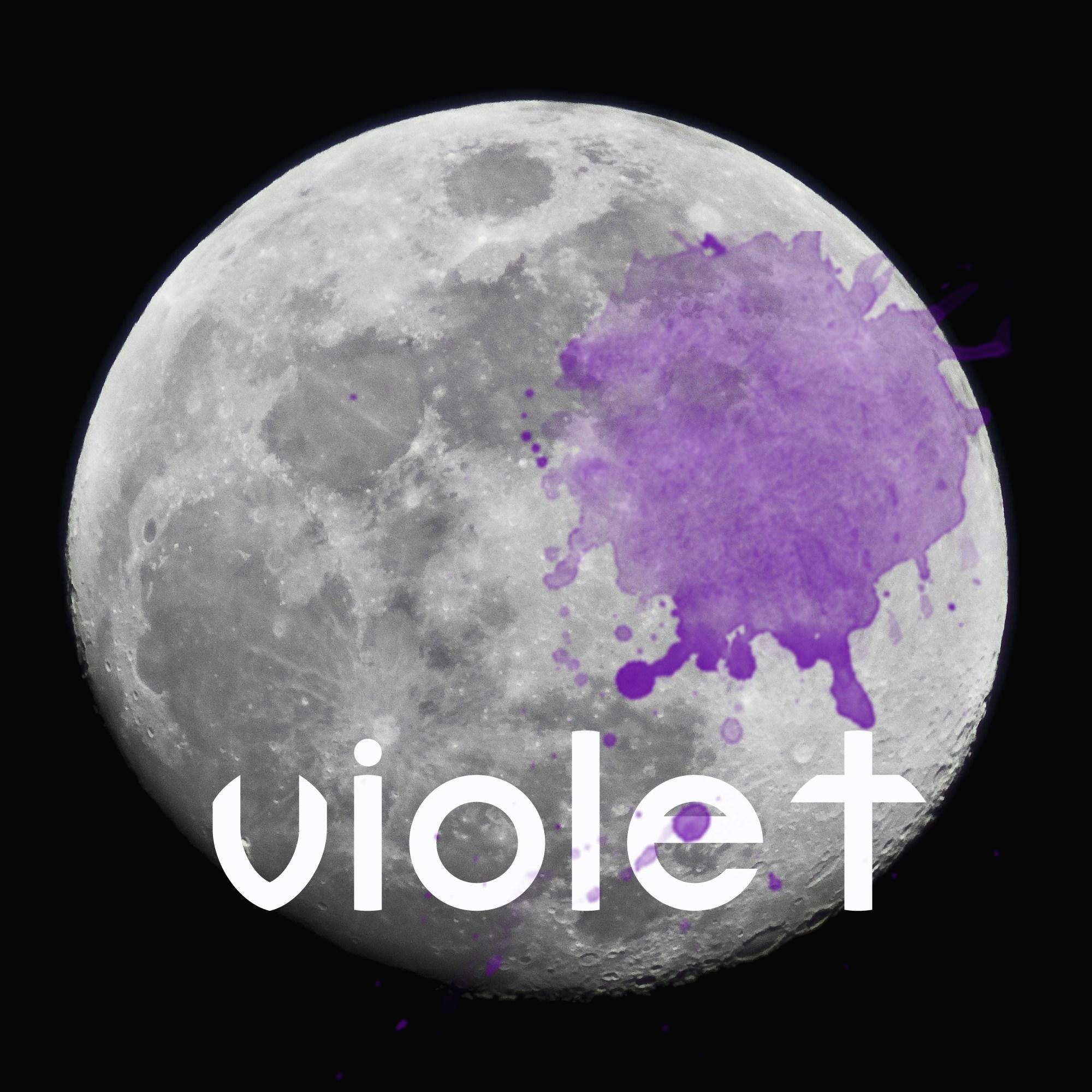The newest trends in solar energy generation.
Electricity, transportation, and buildings are three of the biggest emitters of greenhouse gases. Products like cement and steel rely on large amounts of continuous high-temperature heat, most of which requires high-carbon sources.
Heliogen, a startup with investors like Bill Gates, has developed a brand-new, zero-carbon way of generating high-temperature heat based on concentrating solar power. Hundreds of mirrors placed in a field reflect sunlight onto a tower that contains a steam turbine. The sunlight then turns fluid into steam, which runs the turbine, which generates power.
Heliogen developed a computer system that ensures maximum heat generation by precisely aligning the mirrors. The four super-powerful cameras they placed around the top of the tower measure it the halo of light coming off the mirror is equally intense in four quadrants.
Then, their image-analysis software calculates the exact proper alignment of each mirror and sends signals to the mirrors constantly, making themselves perfectly focused on a single point with a diameter of about 50 cm.
When the sun is in the sky, the heads of sunflowers always squarely face the sun with their stems moving to support their movement.
Phototropism refers to "the orientation of a plant of other organism in response to light, either toward the source of light or away from it." This helps the plants soak up maximum amounts of sunlight.
Scientists failed at many attempts to copy this ability with synthetic materials, but researchers at the University of California, Los Angeles have just developed a material with this sun-tracking ability, which is described as the first synthetic phototropic material.
Called SunBOT, the artificial sunflower can move and bend like mini sunflower stems when shaped into rods. When the sun is shining on them at a 75-degree angle, this ability allows them to capture about 90 percent of the sun's available light energy. This remarkable invention can harvest up to 400 percent more solar energy than the conventional solar system.
Their invention was published in Nature Nanotechnology on Nov. 4.
'English > Just write anything' 카테고리의 다른 글
| Typing Practice 009 (0) | 2020.04.11 |
|---|---|
| Typing Practice 008 (0) | 2020.04.09 |
| Typing Practice 006 (0) | 2020.04.07 |
| Typing Practice 005 (0) | 2020.04.06 |
| Typing Practice 004 (0) | 2020.04.02 |
